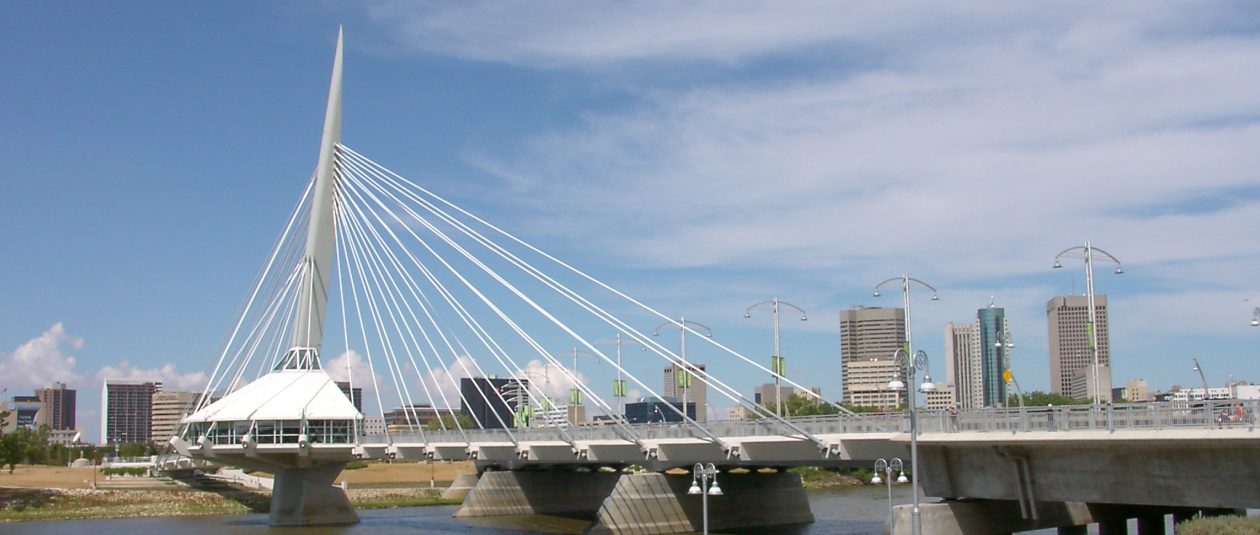This summer, I was riding wet for many of the miles I traveled. I own a good Gore-Tex rainsuit, so I stayed dry. Being the lazy SOB that I am, however, I let my feet get wet because I never put on my gaiters. Fortunately, it wasn’t cold.
- Looking for some rain gloves? Visit a grocery store and buy dishwasher gloves. The price can’t be beat. Added bonus: they come in two colors — blue and yellow.
- Green or orange garbage bags make good covers for anything that’s held on with a net. The net will keep the plastic bag from shredding.
On the rainy highway, traction is a major consideration at speed, and hydroplaning is never far away on two wheels if your speed is high. Hydroplaning can occur any time one rides through the puddles that collect in the lowest part of the roadway, primarily the two tire tracks running the length of each lane. It can be avoided by riding on the high spots and by keeping tire pressure on the high side. Running on bald tires isn’t good either.
In built-up areas, anything metal such as manhole covers and bridge gratings, painted lines, and places where oil and grease have not washed off become a lot more slippery when first wet.
Railroad tracks are a sleeper, and can bite hard when being crossed at anything other that parallel or almost-parallel, especially in the wet. If your tire slips into the groove running alongside the track, it will ruin your day.
Thunderstorms are scary when you’re in the middle of one out on the prairie. Being the highest point on a flat plain or at the top of a bald hill when the lightning comes crashing down is not a smart place to be. Avoid it, at all costs, or one day you’ll be sorry. Take a break at one of those fancy Canadian rest areas.
Last, but not least, don’t delay when putting on the rain suit. Riding just a little farther to see if it will clear is not always a good thing if you want to stay warm and dry. Ask me how I know.
To sum up, in the wet:
- Painted lines are slippery. Keep that in mind when turning or braking at crosswalks or any time you cross them.
- Ditto for manhole covers, grated bridges, and bridge expansion joints.
- Railroad tracks require a careful crossing so as not to slip into the groove.
- Hydroplaning is a real possibility with excessive speed and under-inflated or bald tires.
- Botts’ dots* or any other raised lane indicators are slippery and could cause tires to slip off of them.
- Gas stations are particularly slippery in pump areas. All the clunkers get parked there, leaking and weeping.
- Avoid riding during a thunderstorm when you’re going to be the height of land that the lightning will be searching for.
- Put the suit on early if you want to stay warm and dry.
- Slow down.
* Botts’ Dots are used on California multi-lane freeways. They come colored, round and square. Most are white; center markers are amber; wrong-way markers are red; fire hydrant markers are blue. They are being used on the highways of other states as well.
